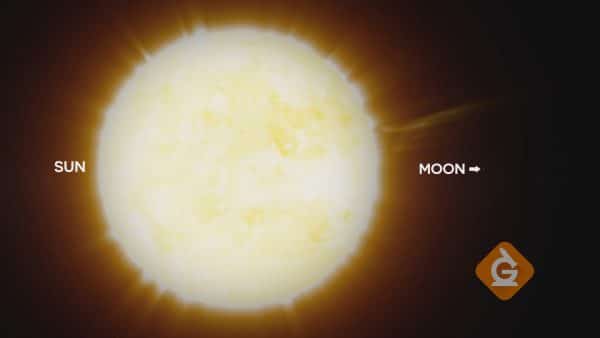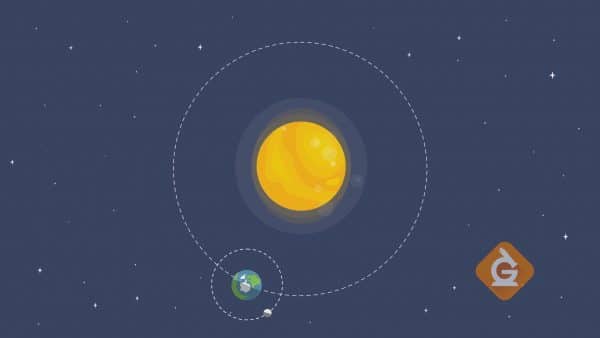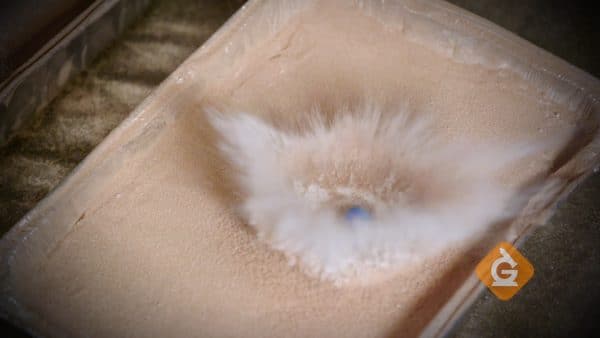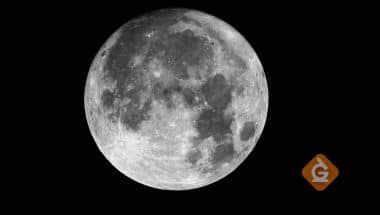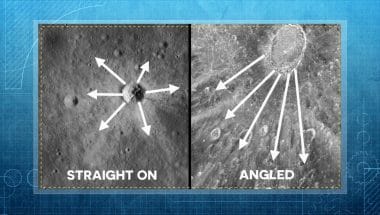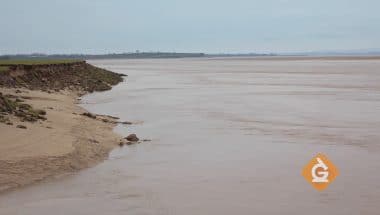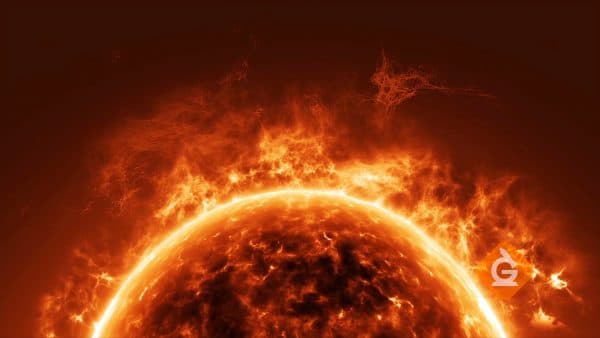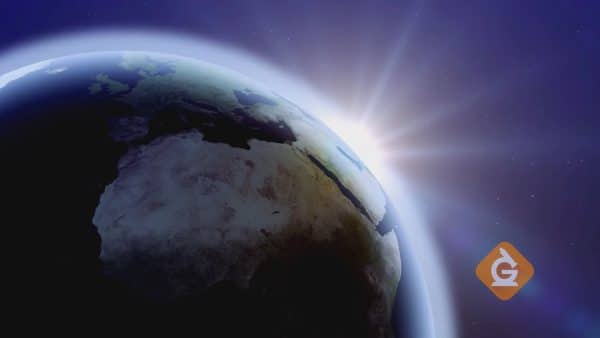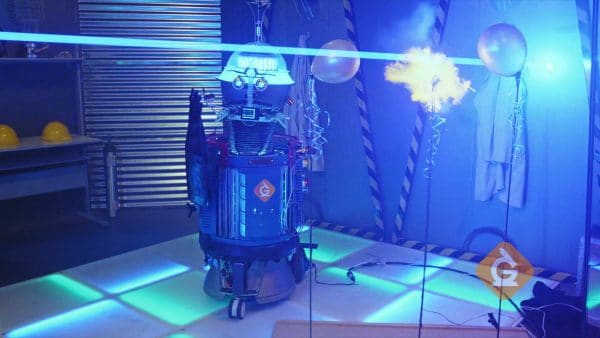A full moon happens about every 30 days. A full moon is the brightest phase because the whole side of the moon facing us is reflecting light from the sun.
The moon does not make its own light, it only reflects it.
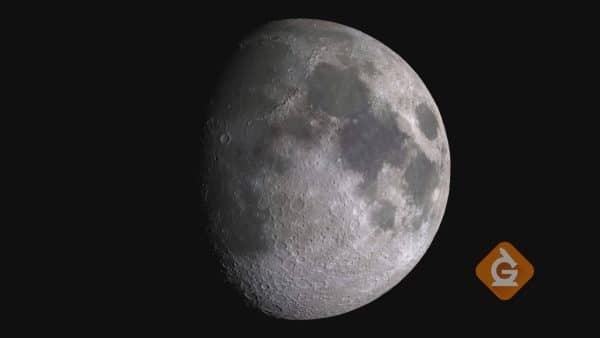
The moon does not produce any light on its own. The light we see coming from the moon is actually light reflected from the sun, kind of like a mirror.
The sun is the strongest source of light in our solar system. Every moon and planet that is visible in our solar system is reflecting light from the sun. The reflected light enters our eyes and that is what allows us to see.

